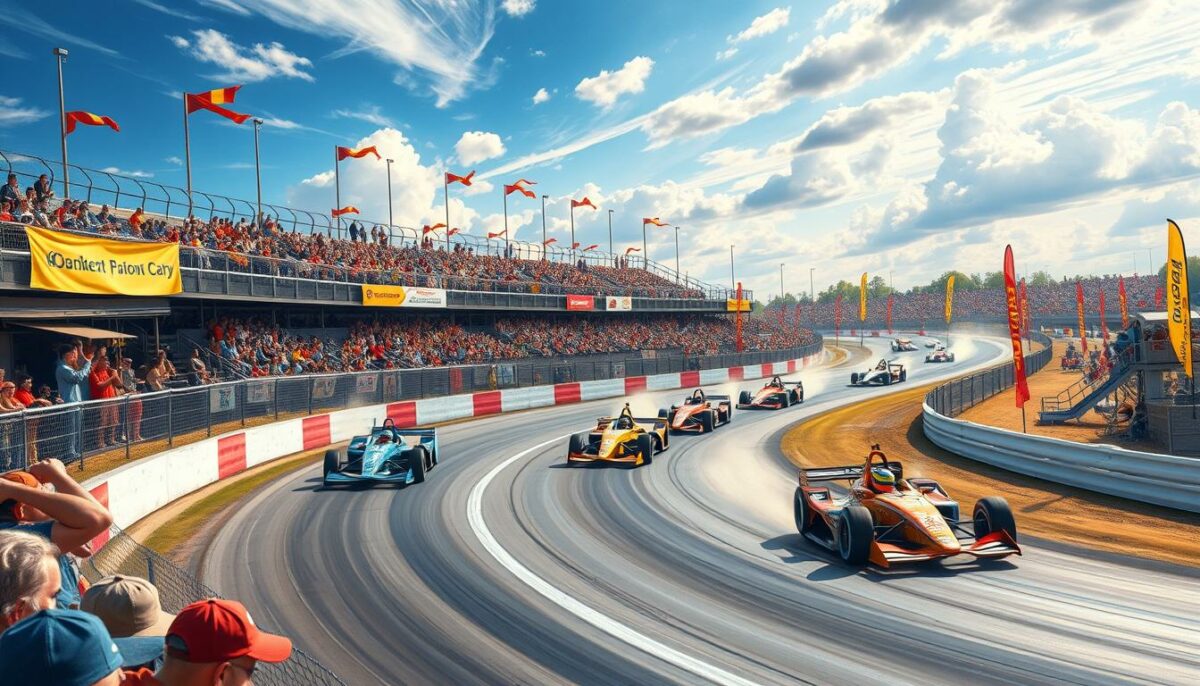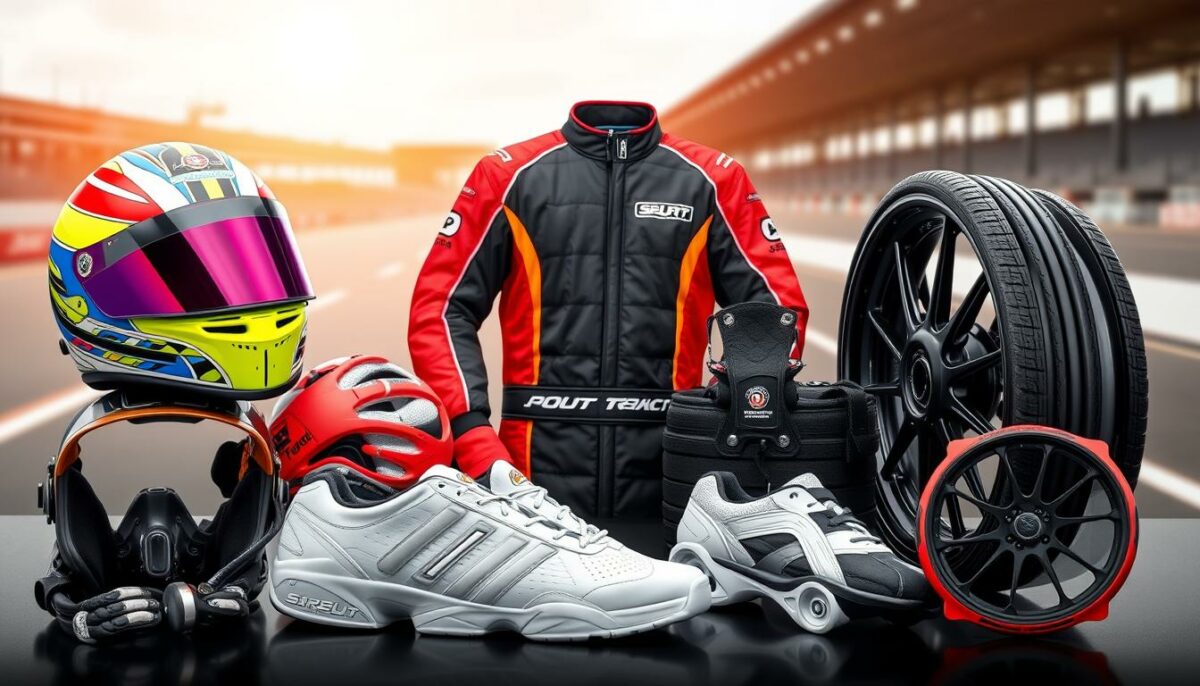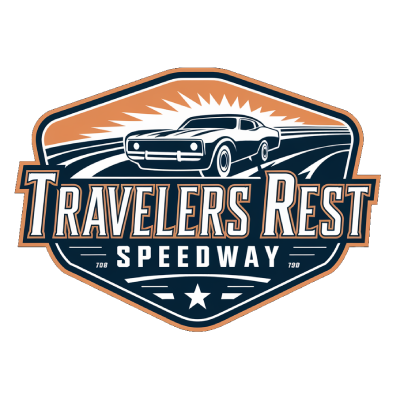Welcome to the thrilling world of short track racing! This beginner’s guide is designed specifically for those looking to dive into the excitement of motorsport basics. Short track racing presents a unique and engaging aspect of racing for novices, characterized by its fast-paced action and close-quarters competition. Throughout this guide, you’ll discover essential insights into this captivating discipline, including its history, different types of tracks, and the community that surrounds it. Get ready to embark on your journey into short track racing—where every lap brings new excitement!
Understanding Short Track Racing
Short track racing offers a thrilling and accessible approach to the world of motorsports. With close proximity to fans and competitive racing, it delivers excitement that’s hard to match. To fully appreciate this sport, it’s essential to explore its definition, historical context, and the various types of tracks involved.
What is Short Track Racing?
The short track racing definition involves competitive motorsports that take place on smaller oval circuits, typically under one mile in length. This form of racing emphasizes skillful maneuvering, quick reflexes, and strategy, allowing for intense competitions where close finishes are common.
The History of Short Track Racing
The history of short track racing dates back to the early 20th century in the United States, where local tracks began to emerge. As the popularity of racing grew, so did the number of events held in communities across the nation. This evolution led to the establishment of numerous racing series, promoting grassroots participation and developing a loyal fan base over the decades.
Different Types of Short Tracks
Short track racing encompasses various types of short tracks, each with unique characteristics. Here are the most common types:
- Paved Ovals: Usually smooth and fast, these tracks allow for high-speed racing and often feature a banked design.
- Dirt Tracks: Drivers navigate through loose soil, creating challenging conditions that demand adaptability and control.
- Hybrid Tracks: Combining elements of both paved and dirt surfaces, these tracks present a diverse racing experience.

A Beginner’s Guide to Short Track Racing
For those stepping into the exciting world of short track racing, having the right equipment and mastering basic techniques is paramount. Understanding essential gear and effective practices can significantly enhance the racing experience and performance. Below, we detail what you need to get started.
Essential Equipment for Short Track Racing
Investing in quality short track racing equipment ensures safety and boosts performance. Here’s a list of must-have items:
- Helmet: A certified full-face helmet for maximum protection.
- Racing Suit: Fire-resistant suit for safety and comfort.
- Gloves: Dexterity and grip within the car.
- Racing Shoes: Lightweight shoes designed for track use.
- Seatbelts and Safety Harness: Essential for secure seating during races.
Basic Racing Techniques for Newbies
Practicing effective racing techniques for beginners can make a significant difference on the track. Here are a few fundamental strategies:
- Understanding Track Layout: Familiarize yourself with the turns and straightaways.
- Braking Techniques: Master how to brake efficiently before entering turns.
- Throttle Control: Learn to smoothly apply acceleration out of corners.
- Observing Competitors: Watch other racers for technique inspiration and adaptation.
- Regular Practice: Consistent practice develops skill and confidence.

| Equipment | Description | Purpose |
|---|---|---|
| Helmet | Certified full-face model | Protects head during accidents |
| Racing Suit | Fire-resistant material | Safety and comfort |
| Gloves | Designed for grip | Enhances control |
| Racing Shoes | Lightweight and flexible | Improves pedal feel and response |
| Seatbelts | Five-point harness | Secures driver in seat |
Getting Involved in Short Track Racing
If you’re excited about the prospect of joining short track racing, you’re not alone! This sport welcomes enthusiasts from all walks of life, offering numerous entry points for budding racers. Start by researching local racing leagues; these organizations provide the framework for beginners to learn and compete. Many leagues have classes designed specifically for newcomers, ensuring you’re not overwhelmed and can build your skills progressively.
Finding tracks is another crucial step in your journey. Local speedways often host events that cater to novice drivers, giving you the chance to test your skills in a safe and controlled environment. Attending these local racing events is an excellent way to network with fellow racers and gain insight into the sport. Many experienced drivers and mechanics are more than willing to share their knowledge and tips to help new racers find their footing.
Finally, consider investing time into volunteer positions at these events. Volunteering not only offers a behind-the-scenes look at the thrilling world of short track racing but also helps you build connections that could lead to future racing opportunities. Embrace the camaraderie and friendly competition that define the short track racing community, and you’ll be well on your way to making your mark on the track!

